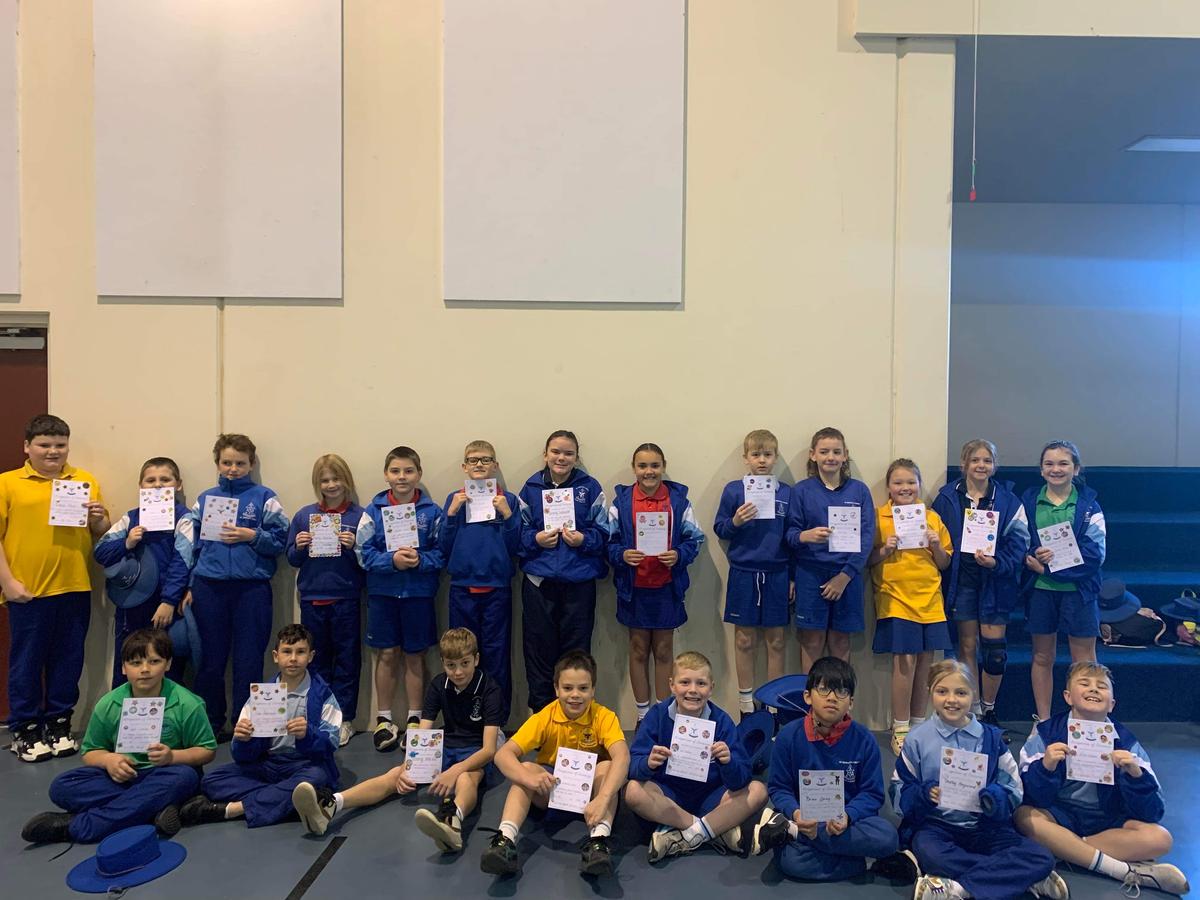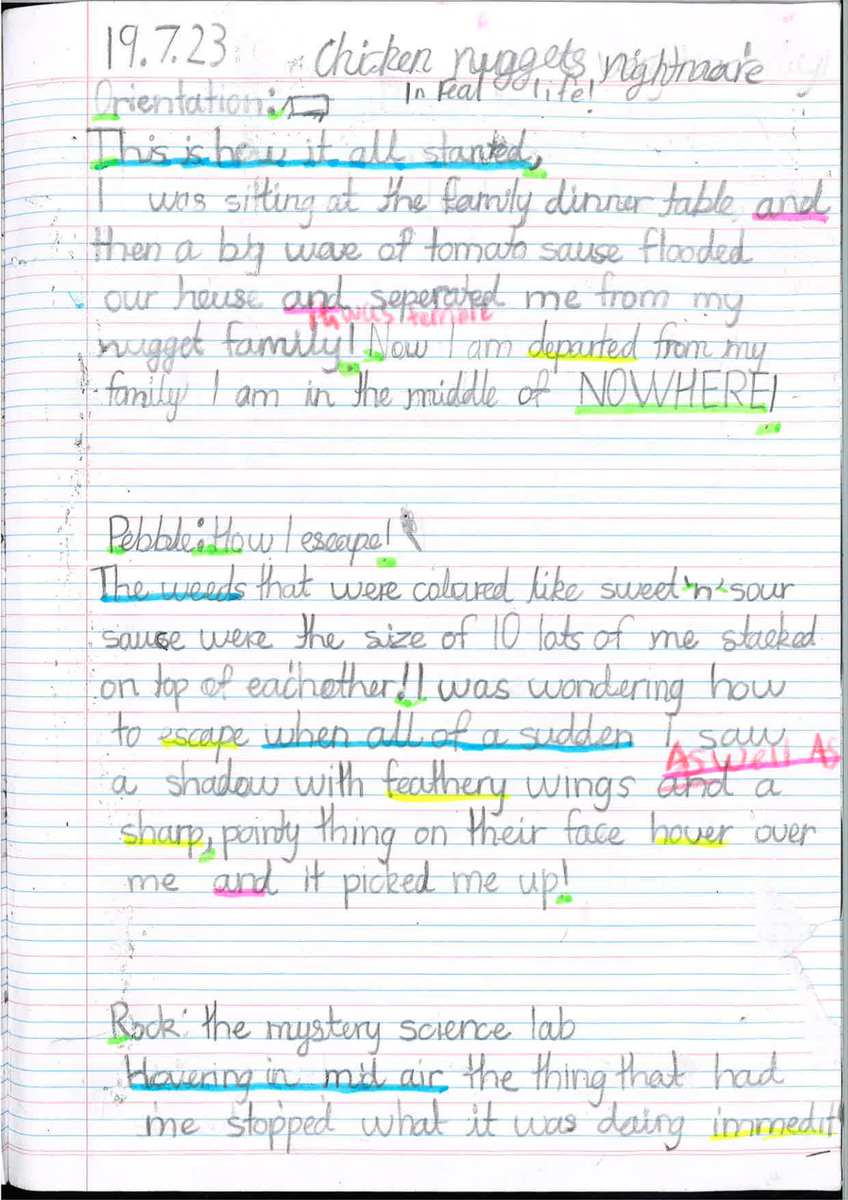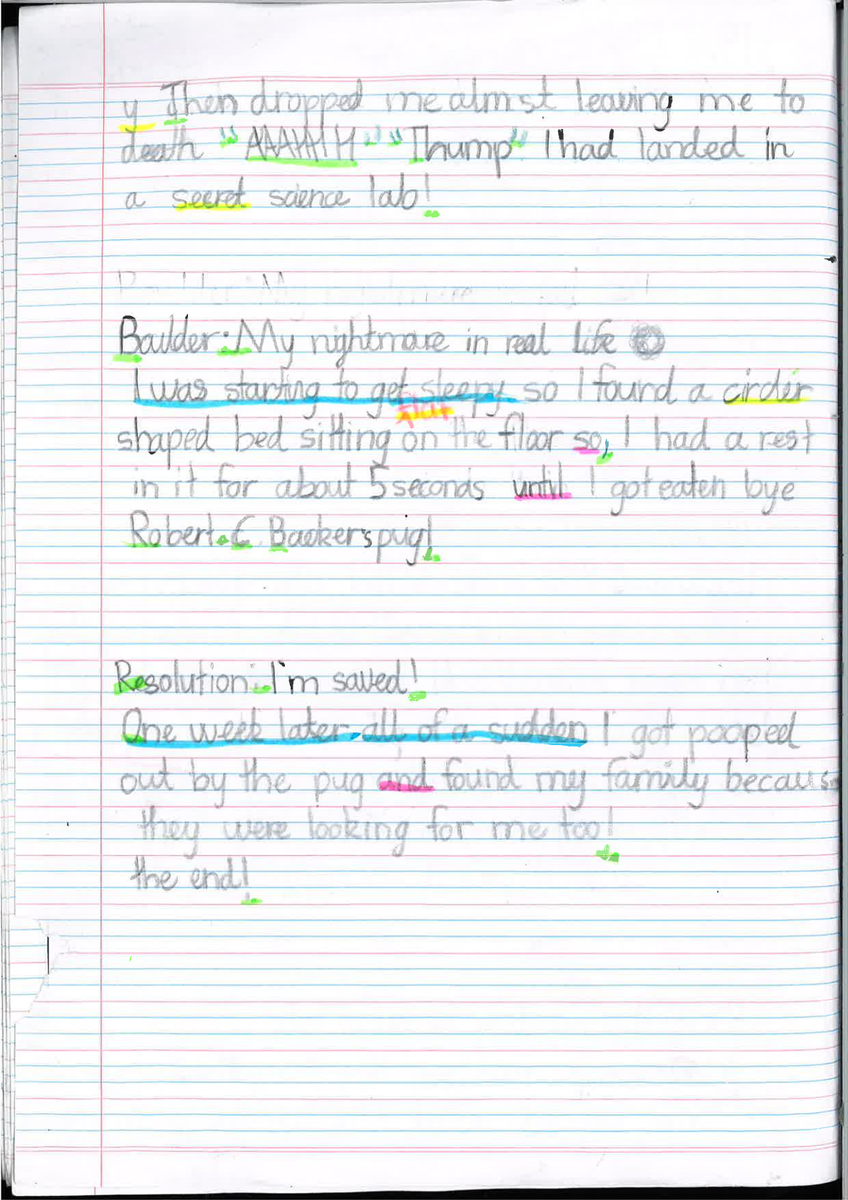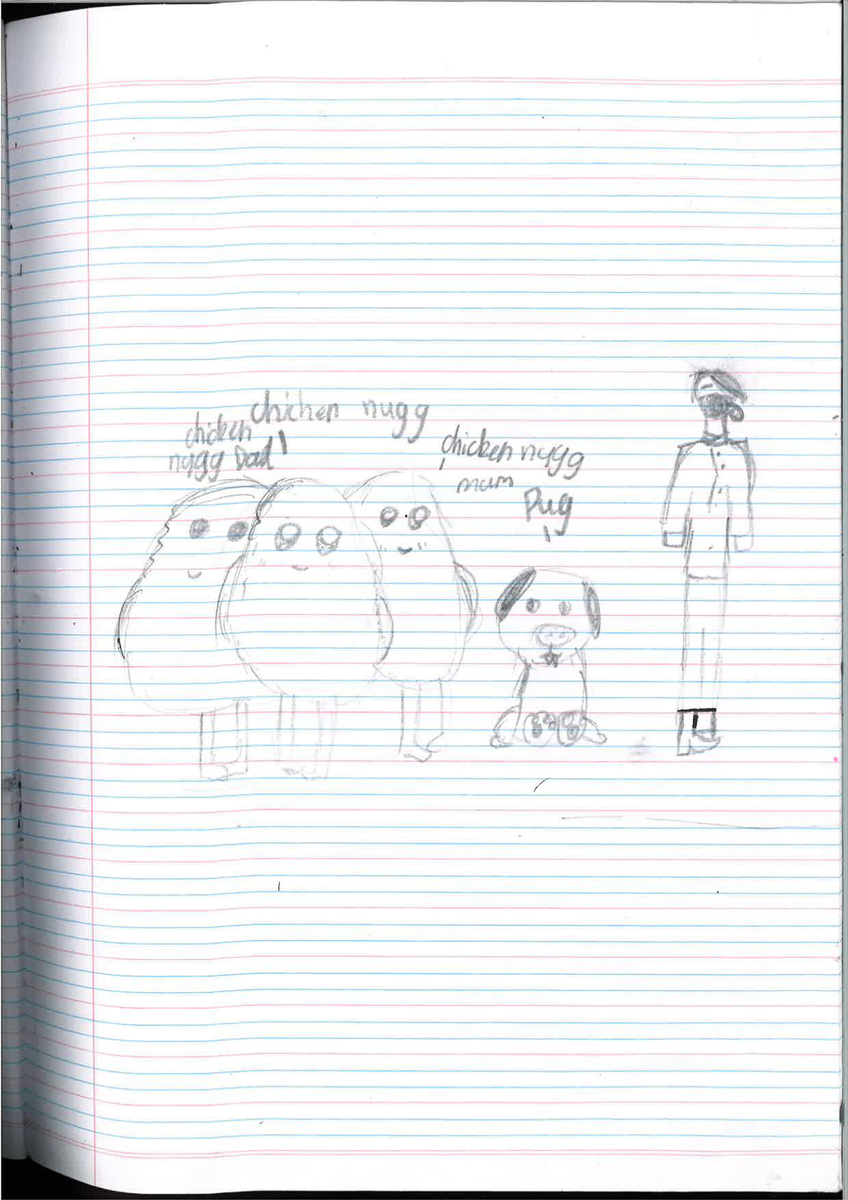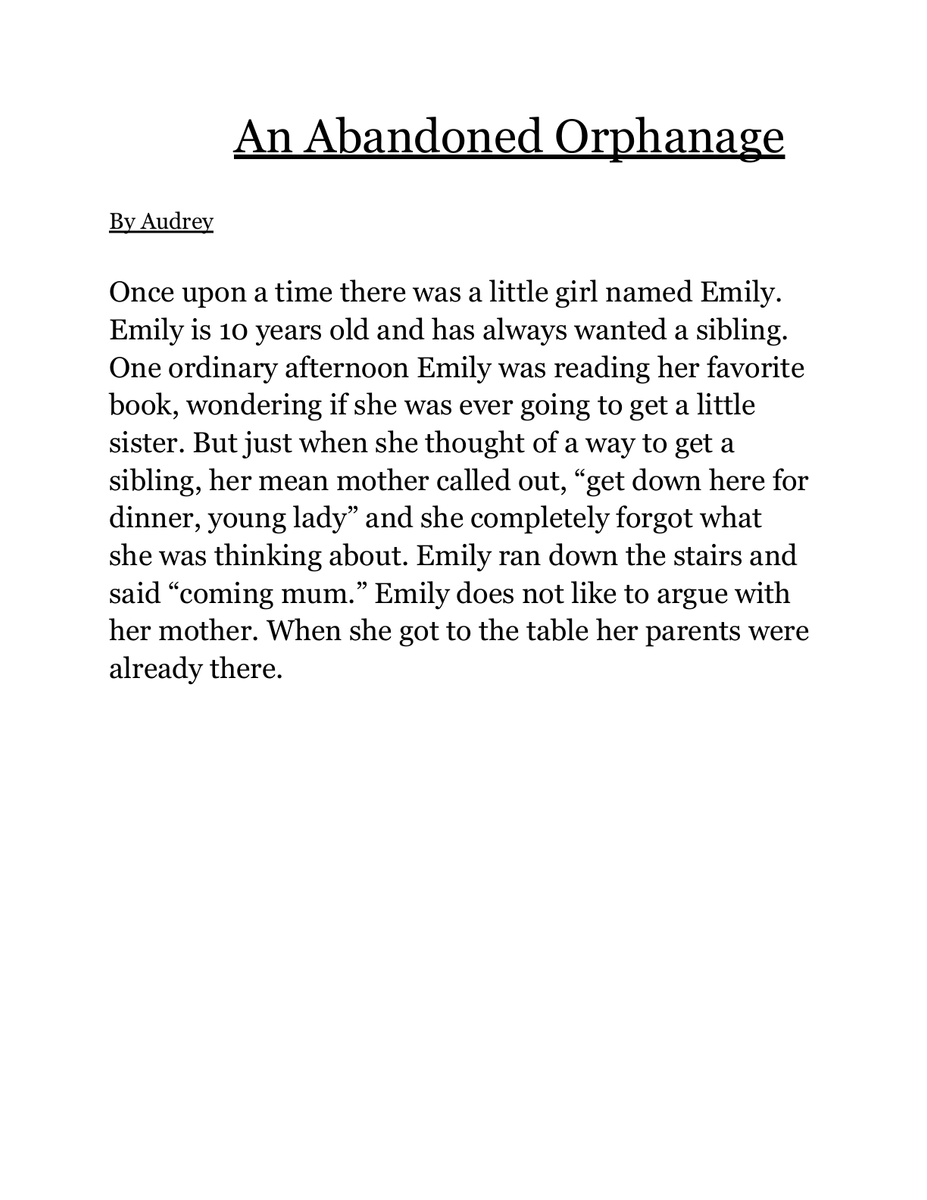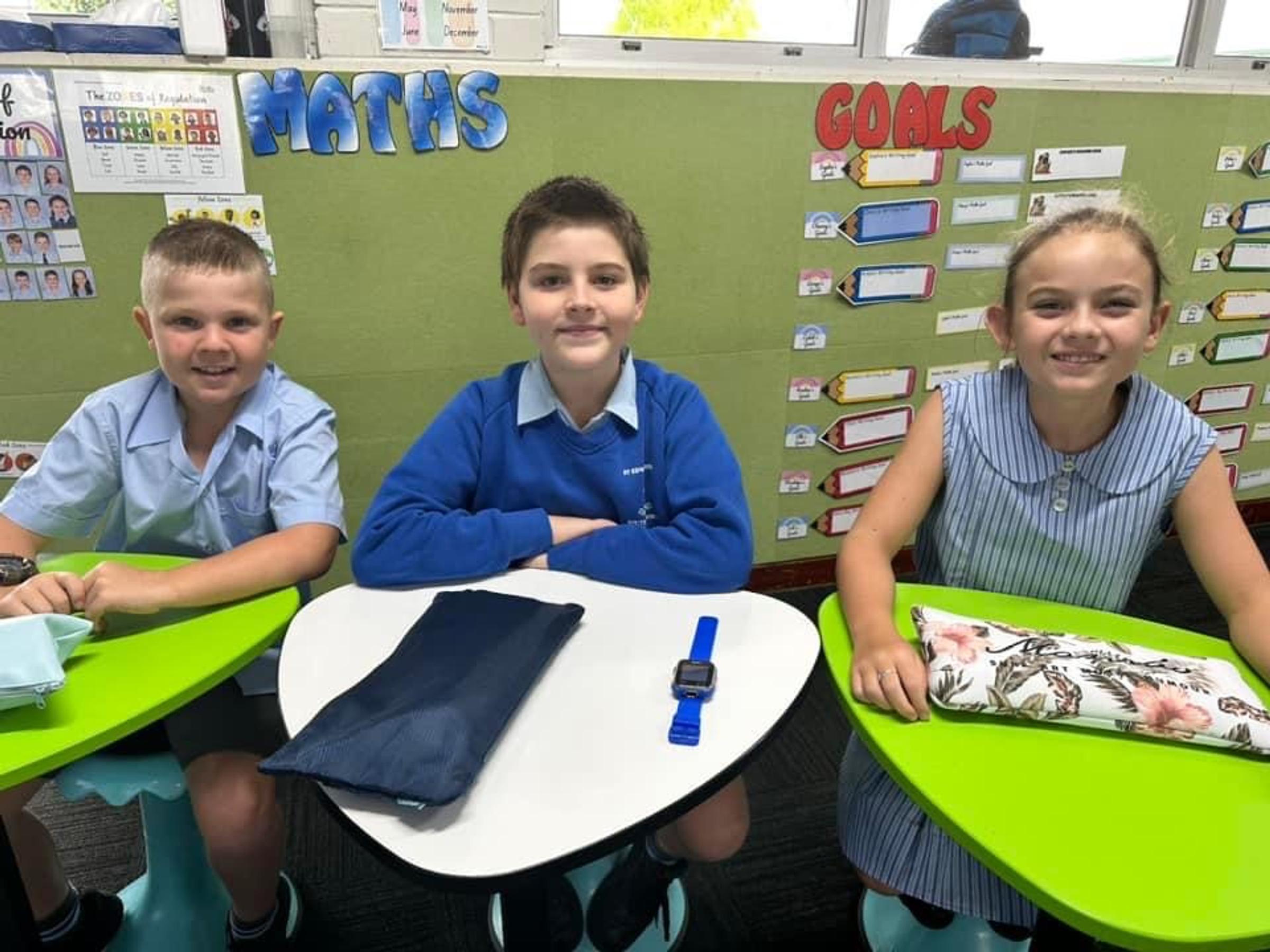
Learning Gallery
Recognition of Learning Awards
Congratulations to the following students for their wonderful efforts in class last week. All of the staff at St Edward's are very proud of your contribution to our school.
Primary Award Recipients - Friday 21st July
| Class | Student Names |
|---|---|
| 3C | Afia Hungerford & Flynn Barrett |
| 3P | Everly Shields |
| 3S | Koby Warren & Reuben Gilbert |
| 4E | Ivy Allan & Liam Muzyczka |
| 4R | Arlo Bullock & Jermerikai Doole |
| 4U | Brian Dang & Shelby Heywood |
| 5CG | Cooper Hall & Joshua Jordan |
| 5D | Laikyn Jones & Reef Fernando |
| 5Q | Jedd Scanlon & Sienna Hartge |
| 6J | Emmy Sullivan & Henry Whale |
| 6K | Gabby Hunt & Braydan Hudson |
| 6O | Riley Payne & Anghus Scates |
Year 3 Work Samples
Last week, Year 3 students were learning how to successfully plan and write a narrative! Students used an 'abandoned place' as their stimulus to unleash their imagination! Below are some work samples from 3S students Abbey, Mackenzie & Peyton.
And work samples from 3C students, Lukas, Audrey & Sid....
Maths: Tips for Parents
To support students in consolidating their understanding of mathematics, we will begin sharing tips for parents in our newsletter. These tips may be useful in supporting your child at home with some of the learning that is happening at school during their mathematics lessons.
Stage 1 students have just begun a unit on Forming Groups: Multiplication. Forming groups focuses on using groups to solve multiplication problems. You could help your Year 1 or Year 2 child at home by:
- playing skip counting games or taking turns to count by 2s, 3s, 5s, and 10s
- using 5c, 10c or $2 coins to skip count money
- drawing a skip counting hopscotch path with chalk. Use the hopscotch path in reverse to skip count backwards.
- using sticky dots, textas, M&Ms, playdough or Lego to make groups and getting children to write the repeated addition facts to match.
- use paddle pop sticks to create groups and add them together to multiply and find your answer.
- try a 100s chart and colour in the numbers as you add on top of them to find the answer to your question. Can they find any patterns?
- Arrays are a grid-like pattern. Explore around you and find arrays! It could be a bookshelf, the kitchen drawers or the plates laid at the dinner table. Work out what these arrays are (their rows and columns) and their answer if they were multiplied.
- A fun way to show arrays is to bake some muffins or cookies and multiply the rows and columns to work out how many you will make.
- Make arrays with items around the house. Challenge yourselves to see who can make the arrays in the fastest time!
Stage 2 students have just begun their unit on Division. Here are four easy ways to practise division at home.

